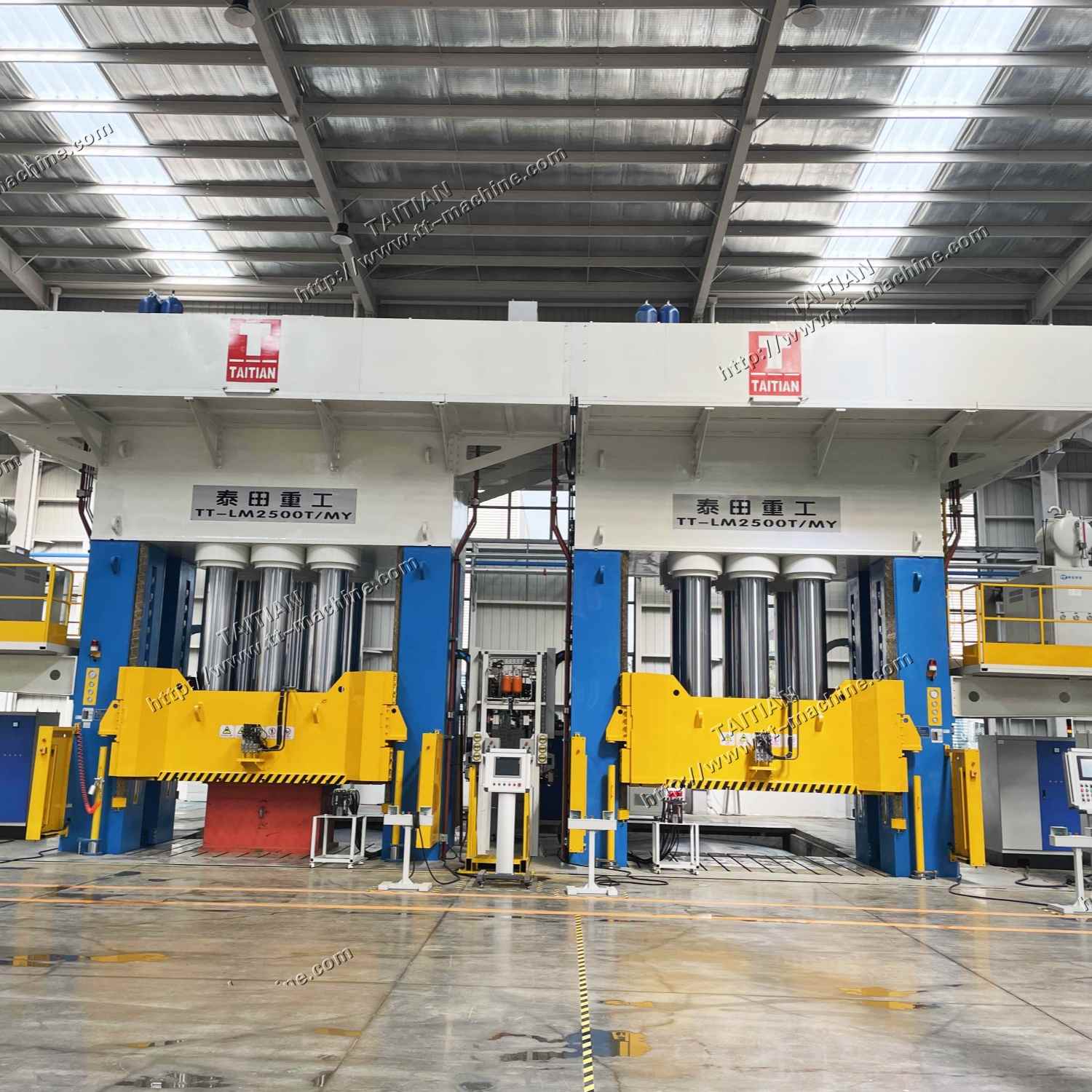What makes a hydraulic press so strong?
2024-02-23
Several factors contribute to the strength and robustness of hydraulic presses:

1. Frame Construction: Hydraulic presses are typically constructed with heavy-duty frames made of materials such as steel or cast iron. These frames are engineered to withstand the significant forces exerted during pressing operations without deformation or failure.
2. High-Strength Components: Critical components such as cylinders, pistons, and rams/platens are made of high-strength materials, often steel or alloy metals. These components are designed to withstand the intense pressure generated by hydraulic systems without bending, buckling, or breaking.
3. Hydraulic System Design: Hydraulic presses utilize hydraulic systems to generate and transmit force. The hydraulic system comprises components such as pumps, cylinders, valves, and hydraulic fluid. The design and configuration of these components are optimized to generate high-pressure force efficiently and reliably.
4. Pressure Control: Hydraulic presses feature precise pressure control mechanisms that allow operators to adjust and regulate the force applied during pressing operations. This ensures that the press exerts the necessary force without exceeding its maximum capacity, thereby preventing structural damage.
5. Stress Analysis and Engineering: Manufacturers employ advanced stress analysis techniques and engineering principles to design hydraulic presses that can withstand the stresses and loads encountered during operation. Finite element analysis (FEA) and other simulation tools help identify potential weak points and optimize the design for strength and durability.
6. Quality Manufacturing Processes: Hydraulic presses are manufactured using precision machining and fabrication techniques to ensure tight tolerances and proper alignment of components. Quality control measures are implemented throughout the manufacturing process to verify the integrity and strength of the press.
7. Overload Protection: Many hydraulic presses are equipped with overload protection systems that prevent excessive force or pressure from damaging the press or its components. These systems may include pressure relief valves, overload sensors, or safety interlocks that automatically stop the press if it exceeds its rated capacity.
8. Regular Maintenance and Inspection: Proper maintenance and periodic inspection are essential for ensuring the continued strength and reliability of hydraulic presses. Routine maintenance tasks such as lubrication, inspection of hydraulic hoses and fittings, and alignment checks help identify and address potential issues before they escalate into major problems.
Overall, the combination of robust construction, high-strength materials, precise engineering, and quality manufacturing processes makes hydraulic presses exceptionally strong and capable of withstanding the demanding requirements of industrial pressing applications.


